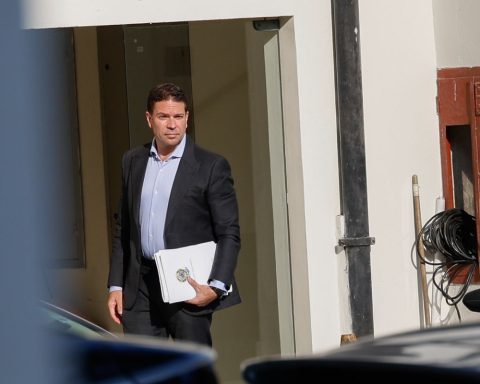Listed in 1988 by the State Institute of Cultural Heritage (Inepac) for its architectural, historical and cultural importance, the Pedro Ernesto Palace, seat of the City Council of Rio de Janeiro, will complete 100 years on July 21, 1923.
Since its inauguration, the building and its stairs have been the scene of important milestones in the history of Rio de Janeiro and Brazil, such as the campaign for councilor, in 1954, by Abdias do Nascimento, creator of the Teatro Experimental do Negro in Brazil. He was one of the first candidates to raise the anti-racist flag, with the slogan: Don’t vote white, vote black.
Another notable moment was the wake of student Edson Luiz, aged 18, killed by the military dictatorship in March 1968. The event brought the city to a standstill and brought together around 50,000 people. The palace also hosted the Passeata dos Cem Mil, a popular demonstration against the Brazilian military dictatorship, organized by the student movement, which took place in July of the same year.
More recently, the seat of the Legislative in Rio hosted the wake of councilor Marielle Franco, executed with four shots to the head in March 2018. On the occasion, thousands of people gathered in protest on the building’s stairs.
centenary
To mark the beginning of the celebrations for the centenary of the Pedro Ernesto Palace, the Chamber of Rio de Janeiro launched a virtual timeline that tells the story of the building. The website brings the main milestones in the trajectory not only of the Palace and politics in Rio, but also of Brazil, after all, the city was the federal capital for almost 200 years, between 1763 and 1960.
The mayor, councilor Carlo Caiado, highlighted in the launch of the timeline that one of the objectives of the historical survey is to bring citizens closer to parliament and the history of the city.
“The Palace is one of the main stages of Rio de Janeiro and Brazilian politics, where, throughout its history, the population has come to demonstrate. It is a monument of our democracy, which we will exalt throughout the year, remembering its importance and opening its doors to the population even more”.
The building was baptized with the name of Pedro Ernesto in 1951, in honor of the doctor and former mayor of Rio de Janeiro, after his death in 1942. He governed the city between 1931 and 1934, as interventor, and after 1935 to 1936, indirectly elected by the City Council.
The building also has a rich collection of works of art, interior decoration and period furniture, as well as paintings and sculptures. Also attractions are the Plenum and the English Room, all covered in hardwood.
*Intern under the supervision of Akemi Nitahara

















